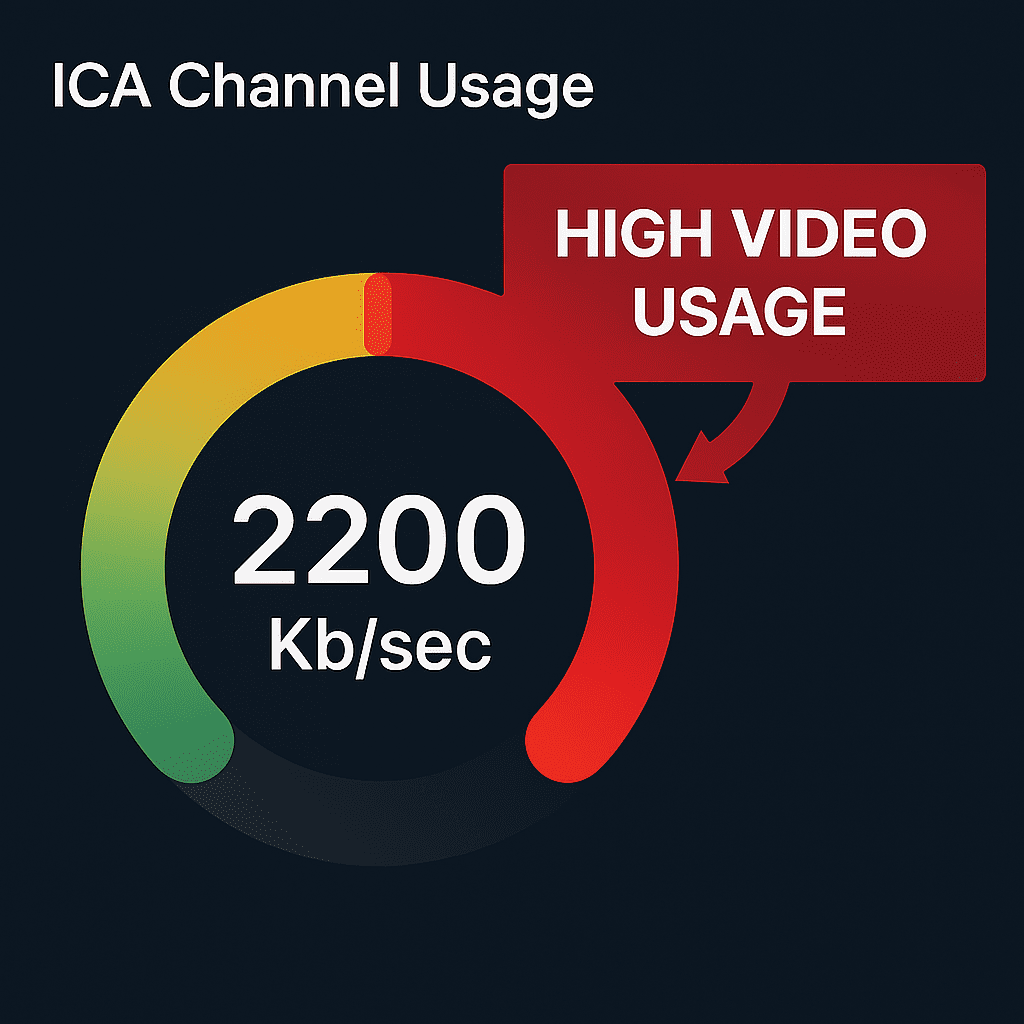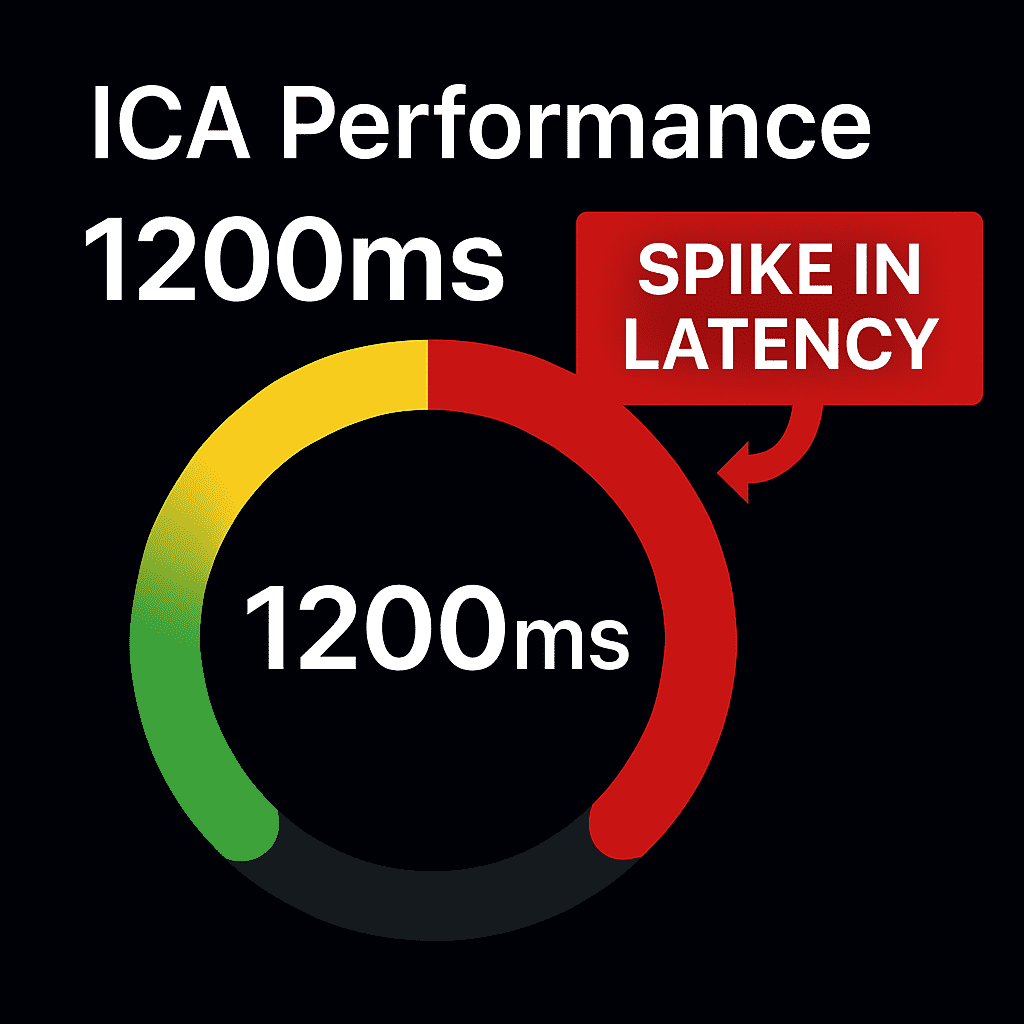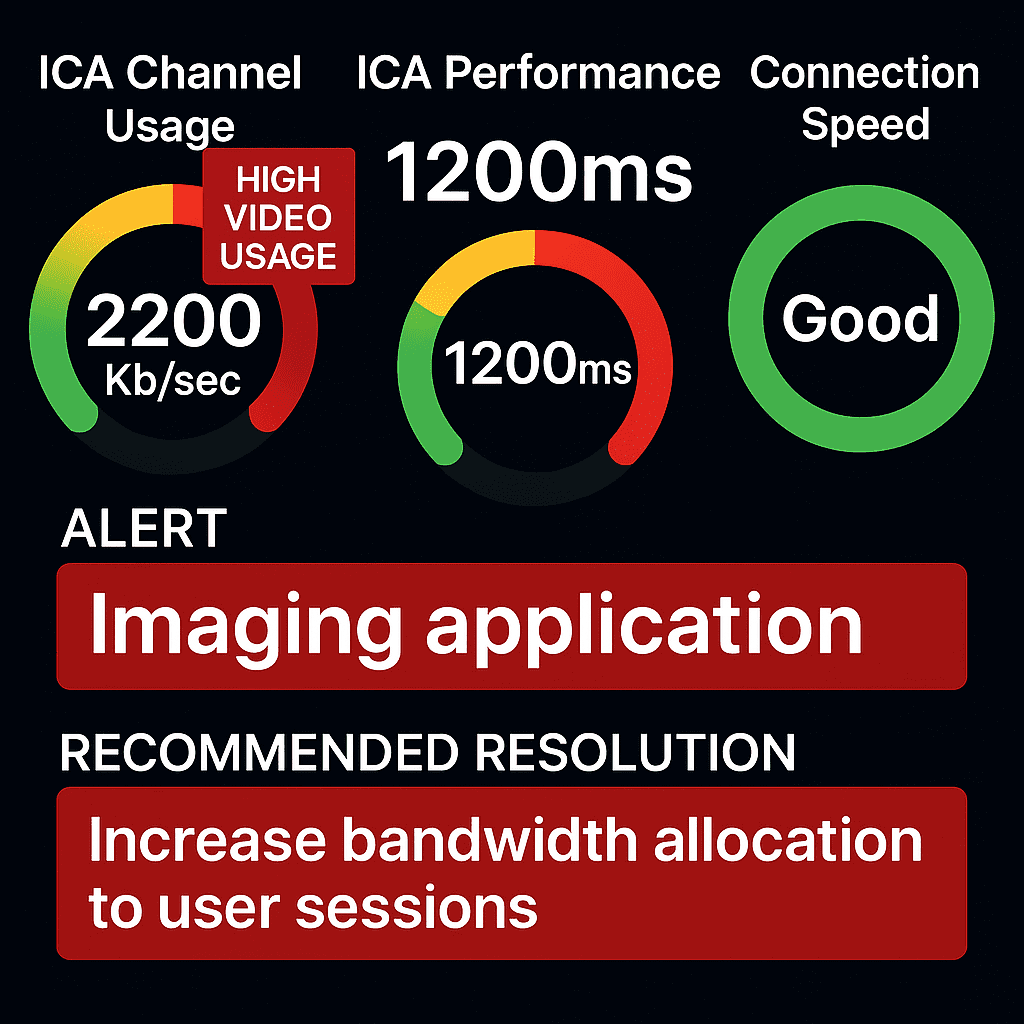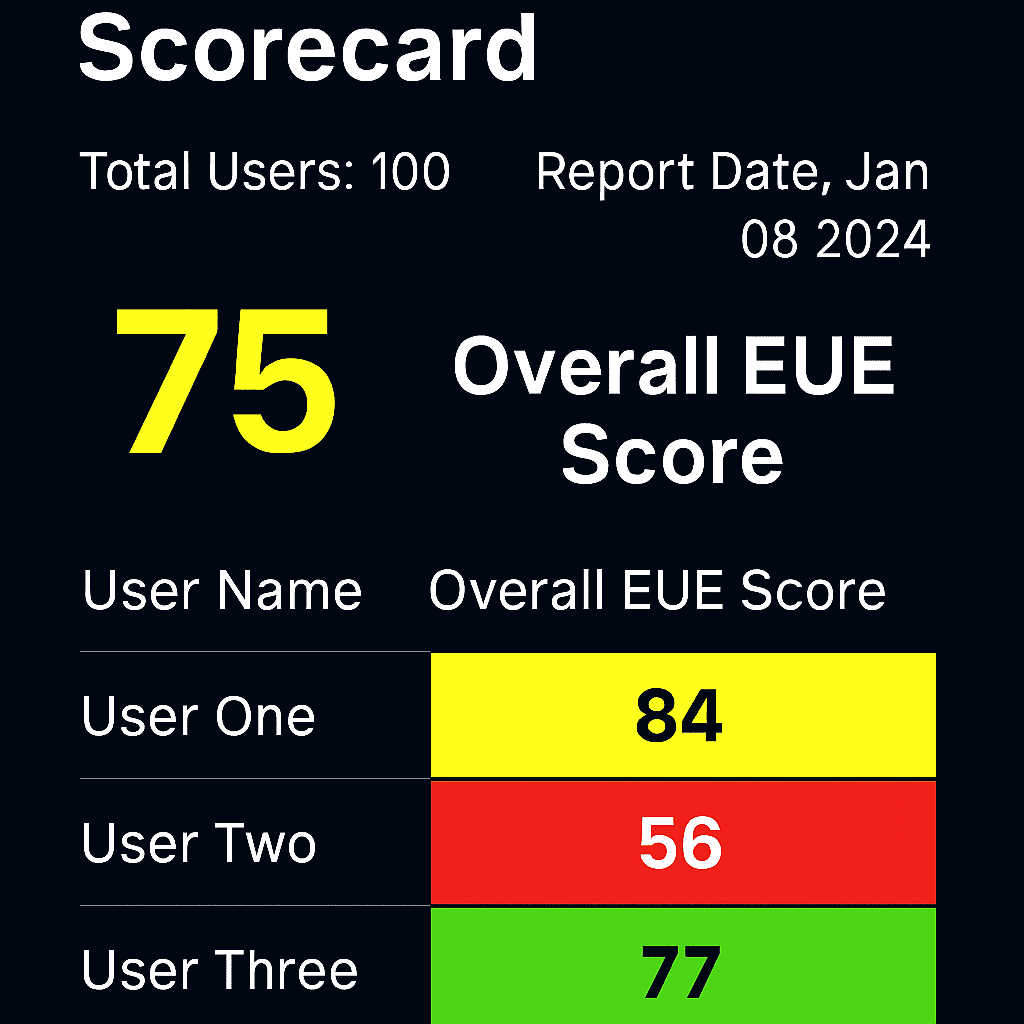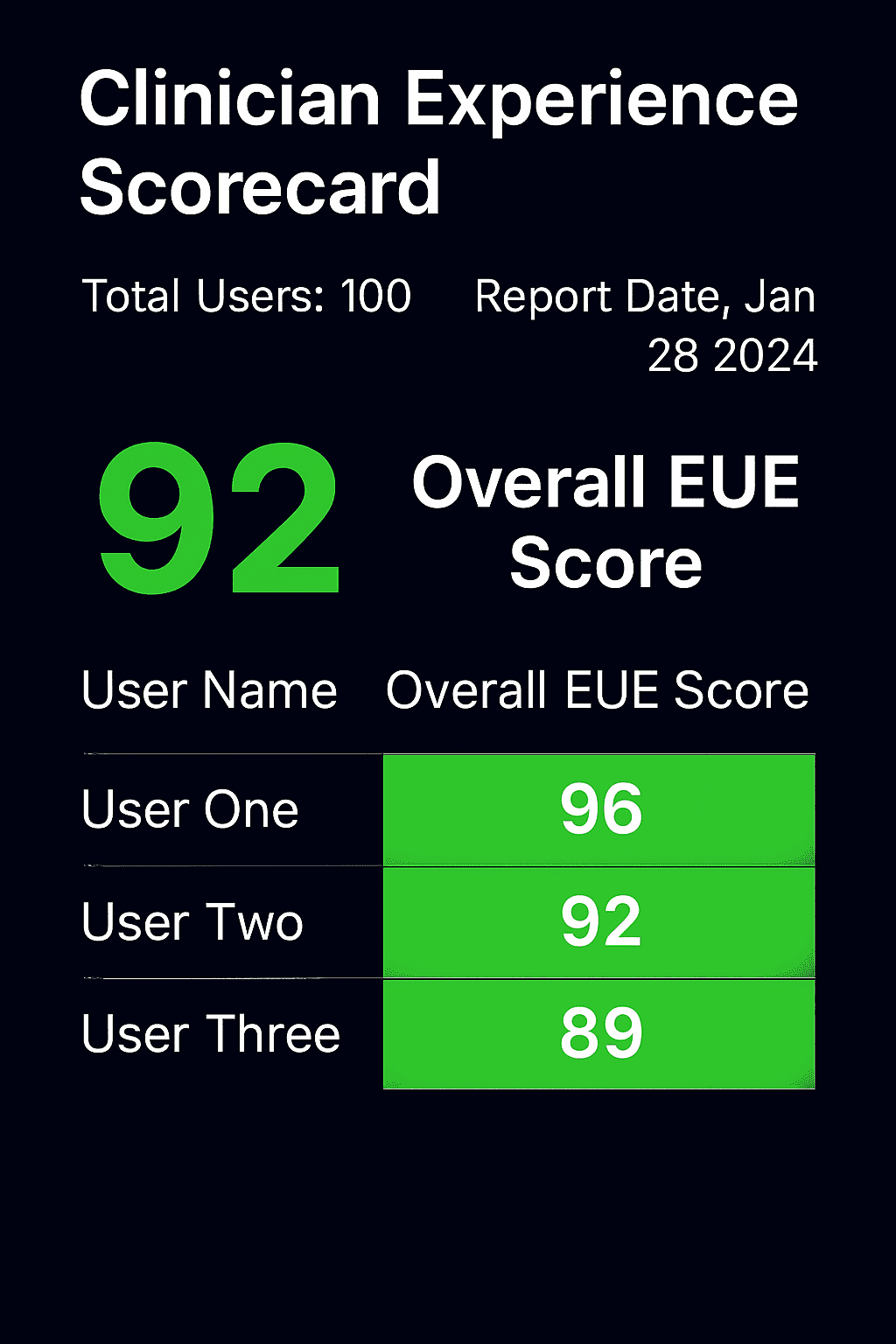Oracle Health EHR Speed & Reliability Score Increased 17%
Oracle Health EHR Speed & Reliability Score Increased 17%
By Thomas Charlton, Goliath Technologies
A large non-profit health system in the Western United States serving a large geographic area through over 28 hospitals and 300 clinics was challenged by reported issues around Millennium speed and reliability issues. We engaged with our team to implement our accelerated 45-day EHR Speed & Reliability Improvement Program.
For those who want the result without further reading, here is the project leader:
“In a matter of one week we were able to review data about the daily experience of our clinicians when using Millennium. It was truly amazing to have hard facts about which clinicians were experiencing issues, what time of day, location, and how that changed based on what they were doing within the application. In some cases, we found problems we didn’t know existed, and others confirmed our suspicions. Now that we had facts, the clinical and IT teams could partner to improve experience, and we did.”
Challenge
The health system clinicians were recently surveyed by KLAS Research and reported poor system speed and reliability with their major EHR application, Oracle Health EHR, formerly Cerner Millennium.
We had two priorities. First, to provide more detailed data so they could understand the scope of their clinician performance problems. Surveys rely on user participation, and Goliath uses empirical evidence from the clinicians’ actual digital experience, so participation or self-reporting is not required. This also results in a complete data set derived from 100% of the users, not a subset of motivated respondents.
The second priority was to use this complete and actionable data to identify who specifically was having issues, frequency, duration, and root cause. When it comes to EHR speed and reliability, human feedback, like that of a survey, will let you know there is an issue, but IT problems manifest differently than a lack of training or workflow contention, and they can only be described by users on broad terms – unavailable, slow, etc. It just isn’t possible to receive actionable data, necessary to resolve IT issues, from user feedback based on perception. Leveraging the survey to identify an issue and Goliath to complete the picture, together provides a platform to take action.
Solution
We worked with the hosting team at Oracle Health and the local IT team to deploy Goliath Monitoring and Troubleshooting Analytics. This process took about 4 hours which consisted mostly of coordination between the teams. The Goliath solution relies on embedded intelligence, automation, and AI, so the technology automatically deploys and configures itself to look for events, conditions, and failure points that cause end user experience issues. We then correlate this data automatically and present it in such a way that action can be taken to fix the IT systems that are the source of the problems.
I can give one example that will resonate with almost any reader who has experienced speed and reliability issues with Millennium. There were a number of clinicians at a remote clinic experiencing slowness. The network team said there was plenty of network bandwidth, and Millennium support reported no issues on the hosting side. Now what?
We engaged the site and did deeper analysis using Goliath analytics. We were able to see that the clinicians experiencing slowness were all using a similar application when they were experiencing slowness, specifically video. In addition, we noticed there was network latency impacting users. Now, this isn’t the network latency you will see from a network monitoring tool, which is why the IT team and Oracle support couldn’t isolate the issues. This is the latency being experienced by the specific end user, which may happen even if the total amount of bandwidth to the site is adequate, which it was in this case.
Here, you see that the clinicians are using video at the time of the performance degradation.
Resolution and Ongoing Clinician Experience Management
The IT team was able to adjust the network settings and upgrade some of the network gear on site to improve performance. This is one example of the improvements we made as part of our EHR performance improvement program.
Here, we see that overall, we improved the clinician experience score from 75% to 92%, with contributing variables improving by even more.
Clinician Experience Before:
Clinician Experience After:
If you are having end user experience issues with your clinical or business applications, reach out and let’s discuss. We find and fix very specific issues and in a discovery conversation we will let you know if we can assist. If the issues you are experiencing are outside our purview, we will share that as well.
Learn more about our EHR Speed & Reliability Improvement Program.
